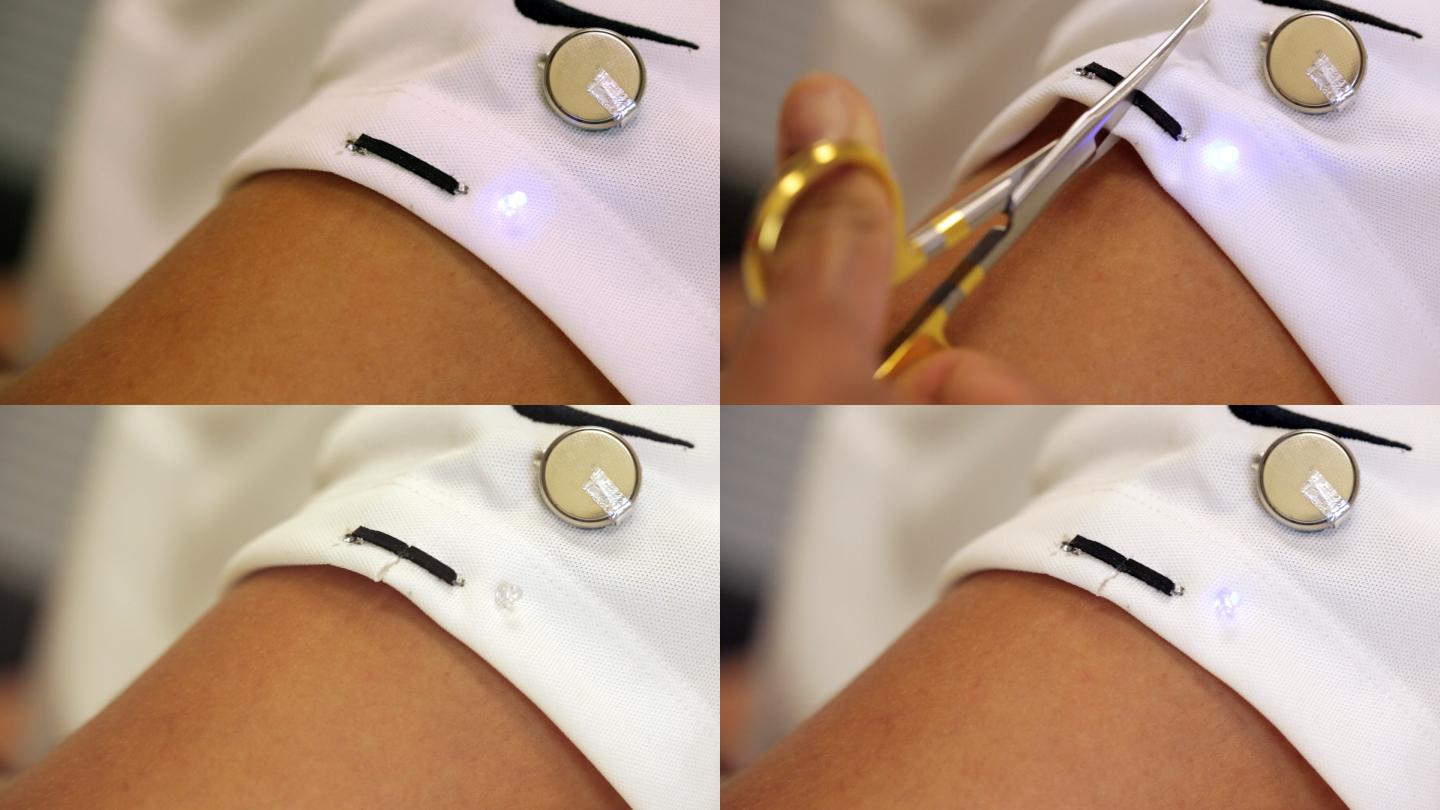
Circuit, Heal Thyself
New electronic devices can take months to develop and are often made of expensive materials. As anyone who has ever dropped their smartphone can attest, they are also very susceptible to physical damage, rendering a once useful device into nothing more than an expensive paperweight. That’s why self-healing devices are such a big area of research.
A team from UC San Diego released a study via Science Advances today showing that they have created an ink that can give electronics the ability to heal from physical damage. They injected the ink with a specific configuration of microparticles of a commonly used magnet. These microparticles have magnetic fields larger than themselves, so particles would be attracted to each other even across distances of several millimeters. Because the microparticles had poor electrochemical properties in their natural state, the researchers also laced the ink with carbon black, a material used to make batteries and sensors.
The researchers tested their ink by printing a circuit on the sleeve of a T-shirt and then connecting a LED light and a coin battery to it. The fabric and circuit were then cut, nine times in the same location as well as in four different locations. In all their tests, the LED light would go off, then turn back on as the circuit healed itself.

A Cut Above
While theirs is one of many self-healing materials in the works, the team from UC San Diego’s system is remarkable on a number of levels.
While other systems can take minutes or even days to heal, their ink is fast, repairing a tear within a timeframe of about 50 milliseconds (0.05 seconds). Some other systems use microcapsules filled with metal materials to heal electronics, so they are essentially one-time-use items, while this system can repair itself repeatedly. The researchers also noted that, unlike existing systems, theirs repairs itself without any external catalyst and for tears up to 3 millimeters (0.12 inches) wide, which is a record distance for a self-healing system.
This method shines since it has the potential to be used with other materials with other properties, essentially giving them the gift of self-healing. The researchers plan to create computer simulations that can model how these different self-healing ink recipes would work out, so in the future, we may be using the ink to create batteries that heal themselves, electrochemical sensors, or fabric-based wearable electronics.